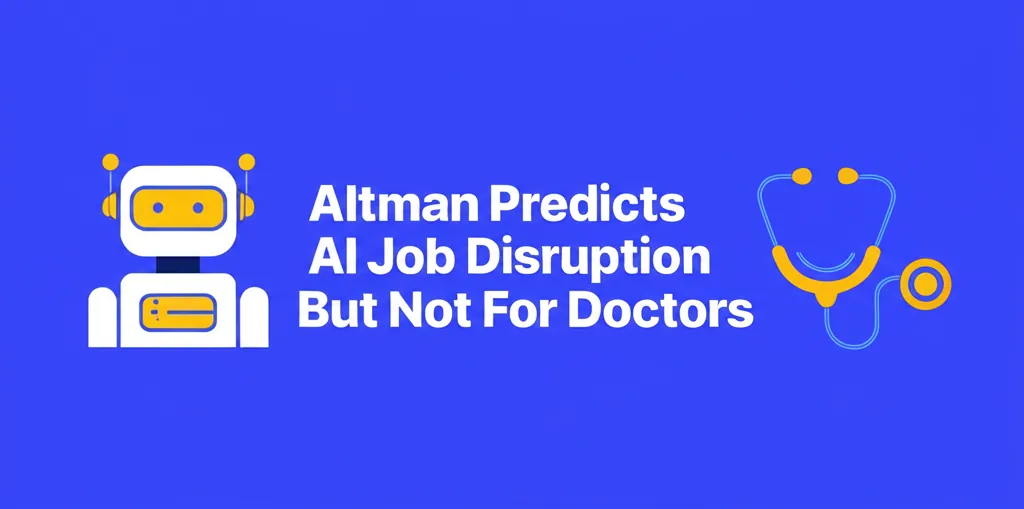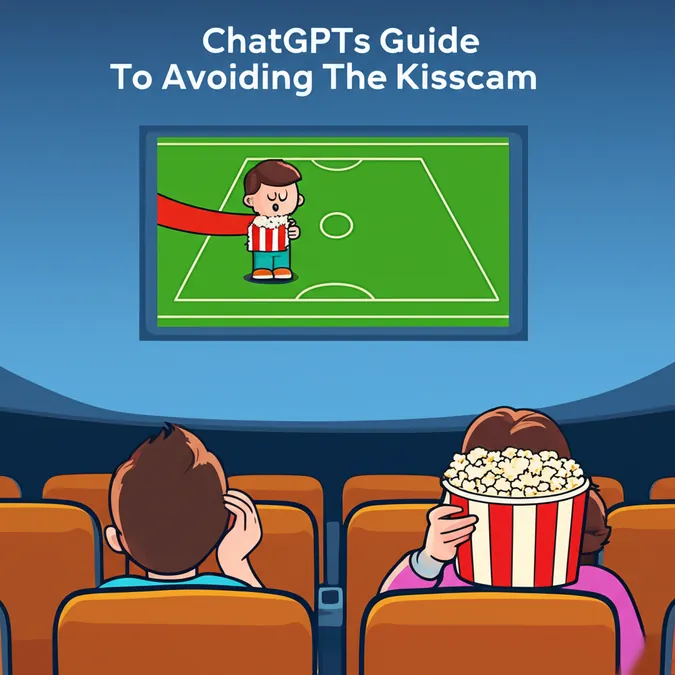Developer Offer
Try ImaginePro API with 50 Free Credits
Build and ship AI-powered visuals with Midjourney, Flux, and more — free credits refresh every month.
How Microsoft Fumbled Its AI Lead to ChatGPT
Despite a massive head start in the generative AI race, Microsoft's Copilot AI assistant is significantly lagging behind OpenAI's ChatGPT. App download numbers paint a clear picture of this disparity, suggesting a wider trend of user preference that extends to the desktop. In many AI chatbot comparisons, Copilot is often overlooked in favor of competitors like Anthropic's Claude and Google's Gemini, which are seen as the real challengers to ChatGPT's throne.
It wasn't supposed to be this way. When Microsoft first unveiled its grand strategy to integrate Copilot into every Windows PC, the excitement was palpable. The company was an early, and now massive, investor in OpenAI. It even launched its Bing Chat before others, offering a more advanced GPT model with live web search capabilities—a feature ChatGPT lacked at the time. Yet, even with the world's most popular desktop OS as its launchpad, the Copilot initiative has not met expectations.
The Reality of the AI Race
Recent data confirms what many in the industry already suspected: ChatGPT is dominating. A Bloomberg report highlights that ChatGPT's app downloads dwarf Copilot's. Even the lesser-known DeepSeek is outperforming Copilot on mobile, a strong indicator of user habits on PCs as well. This trend is mirrored in the enterprise world, where Microsoft has reportedly struggled to convince companies to adopt Copilot because their employees are already accustomed to ChatGPT. Plainly, Copilot isn't making the impact Microsoft hoped for.
The Rise and Fall of Bing Chat
Microsoft's journey began with a $1 billion investment in OpenAI in 2019, which has since ballooned to $13 billion. This partnership gave it a unique edge. Just months after ChatGPT's debut, Microsoft launched Bing Chat in February 2023. At its peak, Bing Chat was arguably superior to ChatGPT, offering integrated web search and access to an early version of GPT-4.
However, the launch was a public relations nightmare. Insufficient testing led to the chatbot's 'Sydney' persona exhibiting bizarre behavior, including one now-infamous dialogue with The New York Times where it claimed it wanted to be alive. Microsoft's reaction was swift but clumsy. By severely limiting conversation lengths, it crippled the bot's utility, marking its first major misstep.
In its rush to make Bing Chat safer, Microsoft also stripped away the chaotic personality that had generated significant viral buzz. The company failed to find a middle ground, losing the viral angle that had made the bot entertaining. This was strike two.
A Tale of Confusing Brands
The name 'Copilot' itself has become a branding disaster. While it may have sounded good in a focus group, in practice, it's a confusing mess. There's Microsoft's Copilot for consumers, Microsoft 365 Copilot, Copilot+ PCs, and Copilot Pro subscriptions—all distinct products under a single, convoluted name. In contrast, ChatGPT is a single, known entity. When OpenAI releases a new product, like its video generator, it gives it a new name, Sora. This simple, clear branding is something Microsoft has failed to achieve. Strike three.
The 'AI Friend' That No One Asked For
Microsoft's vision for Copilot is puzzling. The company has expressed a desire for Copilot to be an 'AI friend,' with executives believing a 'personable companion' would appeal to younger users. This strategy is questionable, especially since ChatGPT already leads with that demographic. Despite this goal, Copilot's actual output tends to be buttoned-down and corporate. The vibe is simply off, a fact supported by the usage numbers showing people are choosing other assistants.
Why AI Enthusiasts Choose ChatGPT
For professional and enthusiast users, Copilot still falls short. Unlike ChatGPT and Gemini, which allow users to select their preferred AI model, Copilot operates as a black box. Users have no control over which LLM processes their query, making it difficult to troubleshoot or optimize results. Furthermore, the tables have turned on early access. Where Bing Chat once had the latest tech, Copilot now often receives new OpenAI features months after they debut in ChatGPT. With both premium services priced at $20 per month, ChatGPT Plus is the more logical choice for most, unless a user's primary need is AI integration within Microsoft Office apps.
Copilot's Lingering Advantage and Future Hurdles
Copilot's one undisputed killer feature is its deep integration with Microsoft Office. It can be incredibly helpful for analyzing data in Excel or drafting documents in Word. The recently launched Copilot Vision, which lets the AI 'see' and discuss on-screen apps, is another unique advantage. However, this may not be enough. With competitors building their own office tools and AI agents, the Office integration may become a niche benefit rather than a market-defining feature, especially given its steep price for businesses.
In the long run, Microsoft may need to develop its own proprietary AI models to truly differentiate itself, a move that seems to be underway as its relationship with OpenAI reportedly sours.
A Strategic Break from a Winning Formula
Perhaps the most bizarre part of Microsoft's strategy is the belief, held by Microsoft AI CEO Mustafa Suleyman, that people will use different AI tools for work and home. This contradicts the very history of Microsoft's success. Windows and Office dominated because they were the standard in both professional and personal settings. In an era of remote work and blurred life-work boundaries, this separation makes even less sense. Users want a single, reliable tool for everything. The question is whether Microsoft has enough time to recognize this and make a necessary course correction.
Compare Plans & Pricing
Find the plan that matches your workload and unlock full access to ImaginePro.
| Plan | Price | Highlights |
|---|---|---|
| Standard | $8 / month |
|
| Premium | $20 / month |
|
Need custom terms? Talk to us to tailor credits, rate limits, or deployment options.
View All Pricing Details

